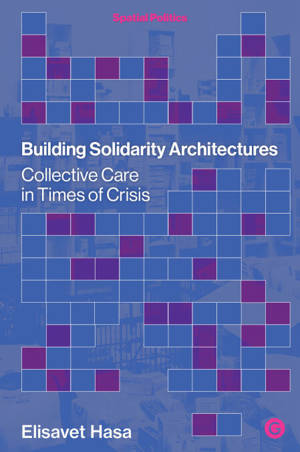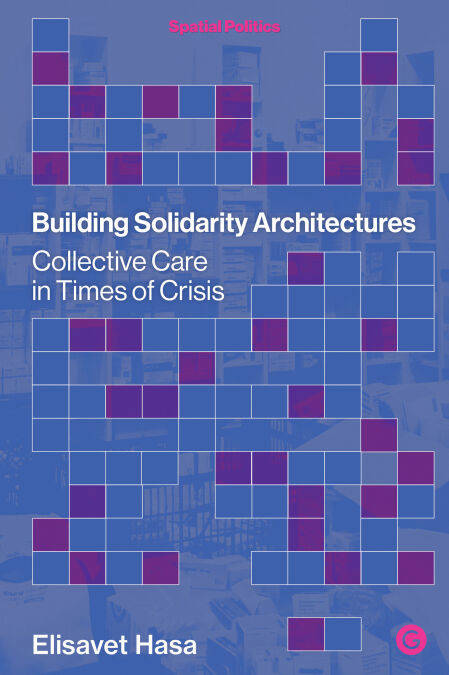
- Afhalen na 1 uur in een winkel met voorraad
- Gratis thuislevering in België vanaf € 30
- Ruim aanbod met 7 miljoen producten
- Afhalen na 1 uur in een winkel met voorraad
- Gratis thuislevering in België vanaf € 30
- Ruim aanbod met 7 miljoen producten
Zoeken
€ 34,49
+ 34 punten
Omschrijving
On the spatial politics underlying the strategies of state abandonment in cities today.
Based on the foreground of a prolonged financial crisis, global pandemic, structural and racial violence, Building Solidarity Architectures examines how solidarity and decolonial movements are creating spaces of collective care, stepping in as providers of welfare services, and, in multiple contexts, acting as the first responders in support of disenfranchised communities. By defining state abandonment as a constantly resurging logic of withdrawing welfare services and deterioration of welfare infrastructures that predominantly affect the most marginalized groups, the book offers readers a lens to recognise forms of state abandonment in various localities and the potential collective responses to them. The book also delves into the materiality that results from this contestation and is therefore embedded in primary sources such as participant testimonies, activist texts, visuals, and images, to provide a rich and engaging account of what one could call a "lived architecture" of everyday practical, immediate, and coping mechanisms of collective care. It ultimately investigates how mutual aid and solidarity can also function as a material resource that counteracts the materiality of abandonment resurfacing in times of crisis. By exploring solidarity as a way of life, Building Solidarity Architectures helps us envision new places of liberation, reorganise the ways we live together, and reproduce the tools we have created for change to happen.
Based on the foreground of a prolonged financial crisis, global pandemic, structural and racial violence, Building Solidarity Architectures examines how solidarity and decolonial movements are creating spaces of collective care, stepping in as providers of welfare services, and, in multiple contexts, acting as the first responders in support of disenfranchised communities. By defining state abandonment as a constantly resurging logic of withdrawing welfare services and deterioration of welfare infrastructures that predominantly affect the most marginalized groups, the book offers readers a lens to recognise forms of state abandonment in various localities and the potential collective responses to them. The book also delves into the materiality that results from this contestation and is therefore embedded in primary sources such as participant testimonies, activist texts, visuals, and images, to provide a rich and engaging account of what one could call a "lived architecture" of everyday practical, immediate, and coping mechanisms of collective care. It ultimately investigates how mutual aid and solidarity can also function as a material resource that counteracts the materiality of abandonment resurfacing in times of crisis. By exploring solidarity as a way of life, Building Solidarity Architectures helps us envision new places of liberation, reorganise the ways we live together, and reproduce the tools we have created for change to happen.
Specificaties
Betrokkenen
- Auteur(s):
- Uitgeverij:
Inhoud
- Aantal bladzijden:
- 248
- Taal:
- Engels
- Reeks:
Eigenschappen
- Productcode (EAN):
- 9781915983152
- Verschijningsdatum:
- 5/01/2026
- Uitvoering:
- E-book
- Beveiligd met:
- Adobe DRM
- Formaat:
- ePub

Alleen bij Standaard Boekhandel
+ 34 punten op je klantenkaart van Standaard Boekhandel
Beoordelingen
We publiceren alleen reviews die voldoen aan de voorwaarden voor reviews. Bekijk onze voorwaarden voor reviews.








